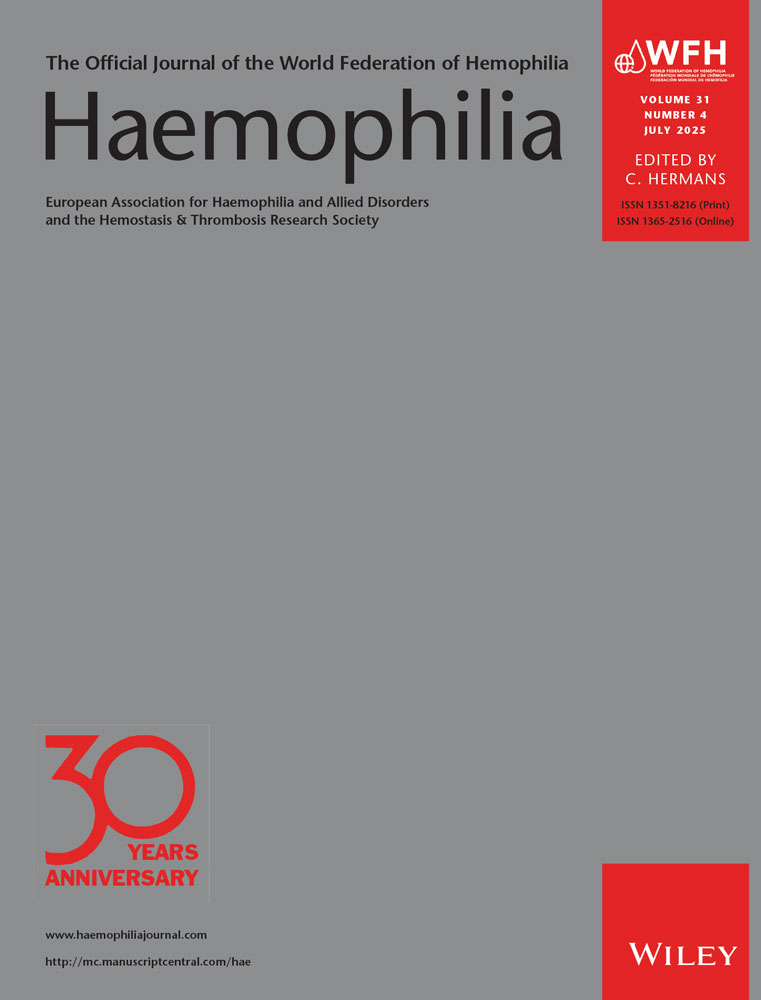Management of haemophilia in developing countries: an Indian experience
Abstract
Haemophilia A and B remain the most common hereditary bleeding disorders in India, with 58% of the patients being below 10 years of age. CNS haemorrhage was observed in 5.8% and HIV infection was present in 8.7% of the patients. The main source of factor replacement therapy was fresh frozen plasma and cryoprecipitate. Only 48% of the patients with mild to moderate bleeding episodes received adequate factor therapy (more than 80% of the required factor level). Inadequate availability of fresh frozen plasma and cryoprecipitate and the prohibitive cost of commercial concentrate preparation are the chief limiting factors for adequate factor replacement therapy in India.




